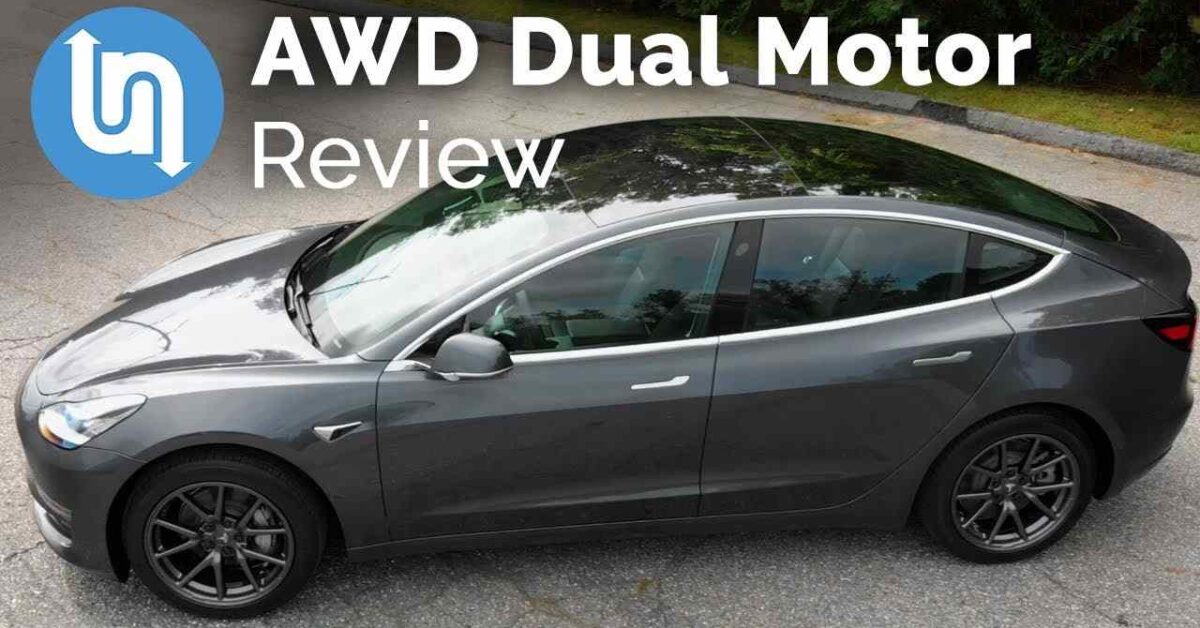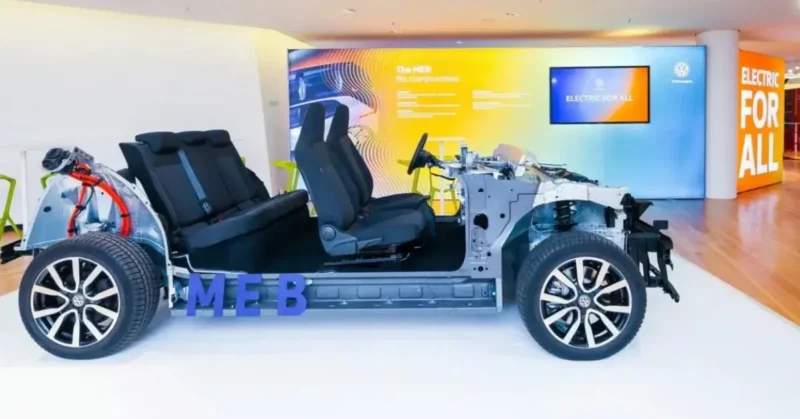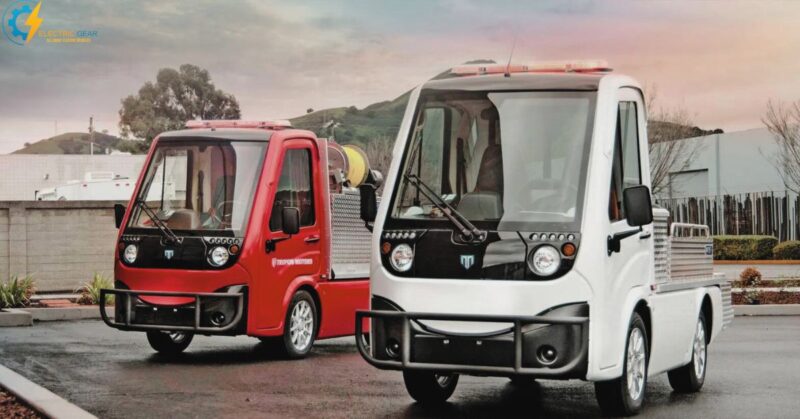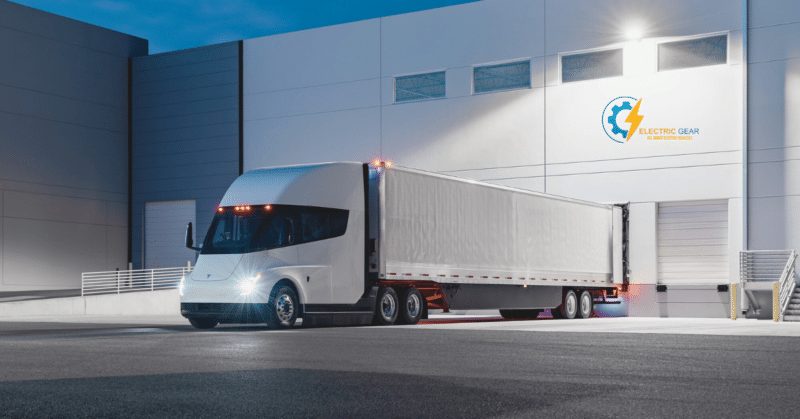All-wheel drive (AWD) technology, which distributes power to the car’s four wheels for better traction and improved handling in various driving conditions, is a feature of many Tesla models.
Tesla’s AWD system incorporates two electric motors for the front and rear axles to simultaneously power all four wheels.
Due to the electric motors’ immediate torque delivery and capacity to optimize power distribution based on driving circumstances, the AWD system in Teslas is famous for its great performance and efficiency.
For drivers who frequently encounter slick or uneven road surfaces, such as rain, snow, or off-road terrain, Tesla vehicles’ AWD technology is especially helpful. Overall, Tesla’s AWD system enhances its already impressive lineup of electric vehicles by adding additional capability and safety.
Are Teslas AWD
Are Teslas AWD? Tesla enthusiasts frequently ask it; however, one must remember that all Teslas are not essentially all-wheel or four-wheel drive. Some models, including the original Model S, offer RWD as an option.
However, most of today’s automobiles are equipped with all-wheel drives (AWD). But, some more reasonably priced variations are RWD, such as the Cyber Truck’s single motor.
The Tesla All-Wheel Drive system uses two ultra-responsive, independent electric motors to digitally control torque to the front and back wheels for better handling, traction, and stability control.
The Model 3 can have a dual-motor all-wheel drive, 20-inch Überturbine wheels, and performance brakes for complete control in any weather. With the help of a carbon fiber spoiler, the Model 3 can reach 60 mph from a standstill in as little as 3.1 seconds.
Are Teslas AWD or FWD?
Tesla manufactures all-wheel drive (AWD) and rear-wheel drive (RWD) models depending on the model and trim. The Cybertruck is exclusively offered with all-wheel drive, while the Model S, X, Y, and Model 3 all have rear-wheel drive choices.
Tesla’s AWD cars use dual-motor technology for improved grip, traction, and handling in various road conditions, with one motor powering the front and another for the back wheels.
Except for the Model 3, no Tesla vehicle has all-wheel drive.
Unlike previous models, this one has two motors and all four wheels are powered. However, the Track Mode allows the driver to adjust the front-to-rear power split in 10% levels, from 100 percent rear to 100 percent front. This way, we can put the identical vehicle through its paces in FWD, RWD, and AWD (50/50)
What is the Difference Between AWD and 4WD?
The acronym “AWD” stands for “all-wheel drive,” which describes a system in which each of the four wheels may generate forward momentum. Unlike 4WD, which may be turned on and off, AWD is always engaged.
All-wheel drive (AWD) and four-wheel drive (4WD) describe different transmissions that send engine power to all four wheels. Certain fundamental distinctions between the two models, however, are listed below:
- Purpose: While 4 Wheel Drive is built for off-roading and can handle more difficult landscapes, AWD intends to improve grip and handling in a wider range of road situations, such as wet or icy roads.
- Better control: In most vehicles, all-wheel drive (AWD) is permanently engaged and makes necessary power distribution adjustments independently, whereas four-wheel drive (4WD) may be switched on and off manually and, in some cases, has distinct settings for different types of terrain.
- Power distribution: Although all-wheel drive (AWD) provides equal power to both the front and back wheels, four-wheel drive (4WD) often transmits more power to the rear wheels, which improves off-road performance.
- Fuel economy: All-wheel drive (AWD) cars use more gas than two-wheel drive (Two-Wheel Drive) vehicles, and four-wheel drive vehicles use more gas than both.
- Cost difference: Being a simpler system, AWD is more often employed in passenger vehicles and crossovers, whereas 4WD is more generally seen in trucks and SUVs intended for off-road use, which explains why the latter is more expensive.
Whether a driver opts for all-wheel drive or four-wheel drive is based on their specific demands and needs and how and where they plan to drive the vehicle. AWD may be preferable if you expect to travel largely on paved roads with occasional journeys on wet or icy roads.
Four-wheel drive is the best option if you plan to perform a lot of off-road driving or if you need to drive in extremely wet or snowy conditions.
Is it Better to Have AWD or 4WD?
Your best option is an all-wheel-drive system if you drive on paved roads and routes routinely plowed throughout the winter. A car with four-wheel drive (4WD) is better if you do a lot of off-road activities, especially ones that involve mud or large rocks, or if you need a vehicle that can pull more.
Whether you go for all-wheel drive or four-wheel drive is a matter of personal preference and how you plan to utilize the vehicle. Wet or slick roads are no match for AWD, but severe conditions call for the higher traction of 4WD.
While 4WD has superior traction and can handle more severe circumstances, AWD is often more fuel-efficient and less costly. Ultimately, the superior option is the one that best suits your driving demands and how you want to put the car to use.
Is the Tesla Model 3 Front-Wheel drive
The Tesla Model 3 is one of the most reasonably priced high-end electric vehicles. Since it costs less than the other Teslas, it’s the most often purchased.
Back-wheel drive and a 5.3-second sprint from 0 to 60 mph highlight the standard Model 3’s performance specs. The top speed is 140 mph.

All-wheel drive (AWD) and Rear-Wheel Drive (RWD) models of the Tesla Model 3 are on the market. The base Model 3 has rear-wheel drive (RWD), whereas the Long Range and Performance models have all-wheel drive (AWD).
The rear-wheel-drive (RWD) Model 3 is powered by a single motor, while the all-wheel-drive (AWD) models are powered by two motors, one each for the front and rear wheels.
Although rear-wheel drive (RWD) is standard on the Model 3, all-wheel drive (AWD) is a purchasable upgrade for those who intend to buy it.
Is the Tesla Model 3 All-Wheel Drive
All-wheel drive is not a standard feature of the Model 3, and it can be added when the car is set up with Tesla. Dual-motor all-wheel drive is standard on both the Long Range and Performance models. U.S. News & World Report named the Model 3 Performance one of the year’s top all-wheel-drive sports cars.
Tesla Model 3 All-Wheel Drive Price
From $53,990
Depending on options, a brand-new Tesla Model 3 all-wheel-drive price would set you back between $43,490 and $53,990 in 2024.
Tesla All-Wheel Drive Price
- Tesla Model S all-wheel-drive Price: From $94,990
- Tesla Model 3 all-wheel drive price: From $53,990
Which Tesla Models have All-Wheel-Drive?
All-wheel drive (AWD) is standard on every Model S. An all-wheel-drive system, 405 miles of range on a single charge, and a 0–60 mph sprint time of 3.1 seconds are just a few of the highlights of the Model S Long Range.
The plaid variant can go 396 miles on a single charge and sprint from 0-60 mph in 1.99 seconds. It also has an all-wheel drive.
All-wheel drive is not standard on all Teslas (all-wheel drive). Some models, including the original Model S, offer RWD as an extra. However, most of today’s automobiles are equipped with all-wheel drives (AWD).
Are all Dual Motor Teslas AWD
The extra motor of the dual-motor model is installed in front of the axle, making all-wheel drive possible (AWD)
When equipped with Tesla’s all-wheel drive, drivers can rest assured knowing that their vehicle is equipped with not one but two motors, each of which has a single moving component for optimum longevity and low maintenance.
Compared to traditional all-wheel drive systems, digital control of torque to the front and rear wheels makes for better handling and traction control.
Conclusion
The All-Wheel Drive system in Tesla cars improves speed, safety, and versatility, which makes it a feature that many drivers value. Models like the Model S, Model 3, Model X, and Model Y all come with all-wheel drive (AWD),
So Tesla has choices for a lot of different tastes and driving conditions. Whether you want better handling, more safety, or the ability to handle different types of weather, Tesla’s AWD system gives you a lot of benefits that make driving more enjoyable.

Imran is an experienced content writer who crafts engaging and informative articles for a variety of industries. With a keen eye for detail and a passion for storytelling, Imran delivers high-quality content that resonates with readers. Whether he’s writing blog posts, social media content, or website copy, Imran is committed to delivering compelling content that drives results.







